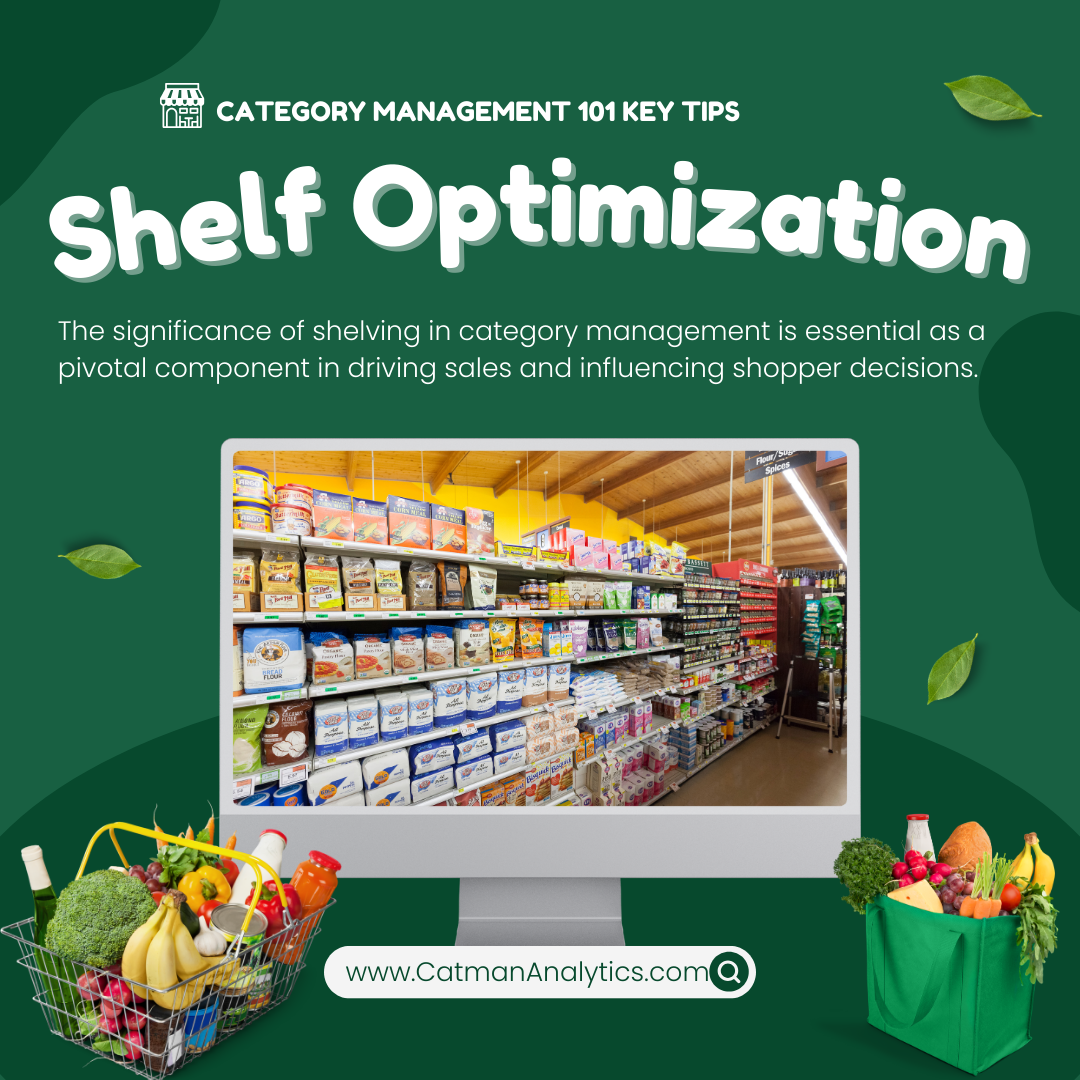Understanding the significance of Shelf Optimization in category management is essential, as it serves as a pivotal component in driving sales and influencing shopper decisions.
A well-organized and strategically designed shelf acts as a compelling showcase for products, ultimately shaping the customer’s purchasing choices.
Shelf Optimization plays a multifaceted role for retailers
- Boosting Sales: Placing top products in prime locations at the right time and in sufficient quantities can significantly enhance sales.
- Enhancing Shopper Satisfaction: An orderly and easily navigable shelf layout enables shoppers to quickly locate desired products, contributing to a positive shopping experience.
- Cost Efficiency: By optimizing shelf space, retailers can mitigate stockouts, reduce inventory costs, and improve overall profitability.
Category management involves utilizing shelf optimization insights to
- Study Customer Behavior: Analyzing how shoppers interact with shelves helps understand their preferences and behaviors.
- Evaluate Category Performance: Shelving performance is a key indicator of category success, aiding in decision-making.
- Develop Effective Planograms: Crafting well-designed planograms based on shelving data optimizes product placement.
- Manage Inventory: Efficient shelving strategies align with inventory management, reducing waste and excess stock.
Consider these refined shelving Optimization strategies
- Strategic Grouping: Place related products together for a seamless shopping experience.
- Eye-catching Placement: Position high-margin and impulse items at eye level and in high-traffic zones.
- Promotion Techniques: Utilize vertical merchandising and end caps to encourage cross-selling and showcase new arrivals.
- Organization and Maintenance: Regular shelf upkeep ensures cleanliness and orderliness.
- Continuous Monitoring: Consistently assess shelf performance and adjust as needed.
How can we play this up in Real-life
Imagine the goal is to increase sales of organic milk.
- Placement: Position organic milk at eye level within the dairy section.
- Product Grouping: Place it alongside other organic products like eggs and cheese.
- Strategic Comparison: Display organic milk next to non-organic options to prompt product comparison.
- Special Promotions: Highlight organic milk through end cap displays as a featured or new item.
Leveraging these shelf optimization tactics empowers grocery stores to boost sales effectively. Data-driven analytics are paramount; tracking sales figures, customer traffic patterns, and other metrics uncovers top-selling products and successful shelf layouts.
As you plan for the coming year’s assortment and shelf optimization challenges, challenge your category management and insights teams to embrace these methodologies.
Should you seek to elevate your Shelf Optimization approach in 2024, feel free to reach out to us at @CatmanAnalytics or follow me on LinkedIN.



Leave a Reply